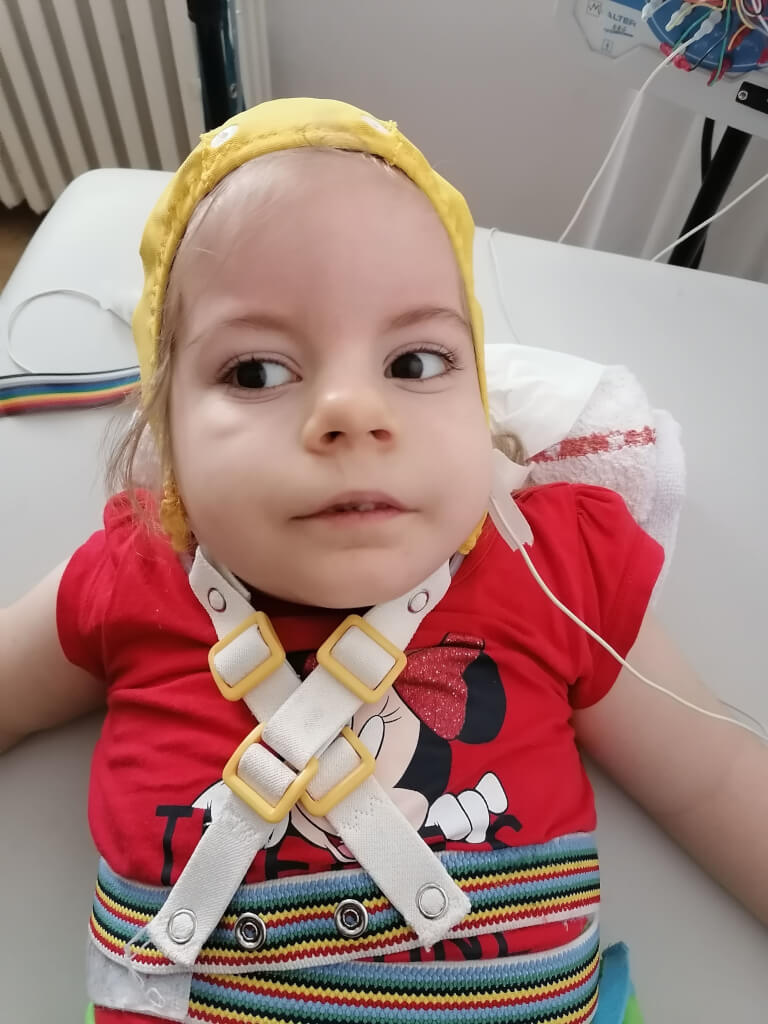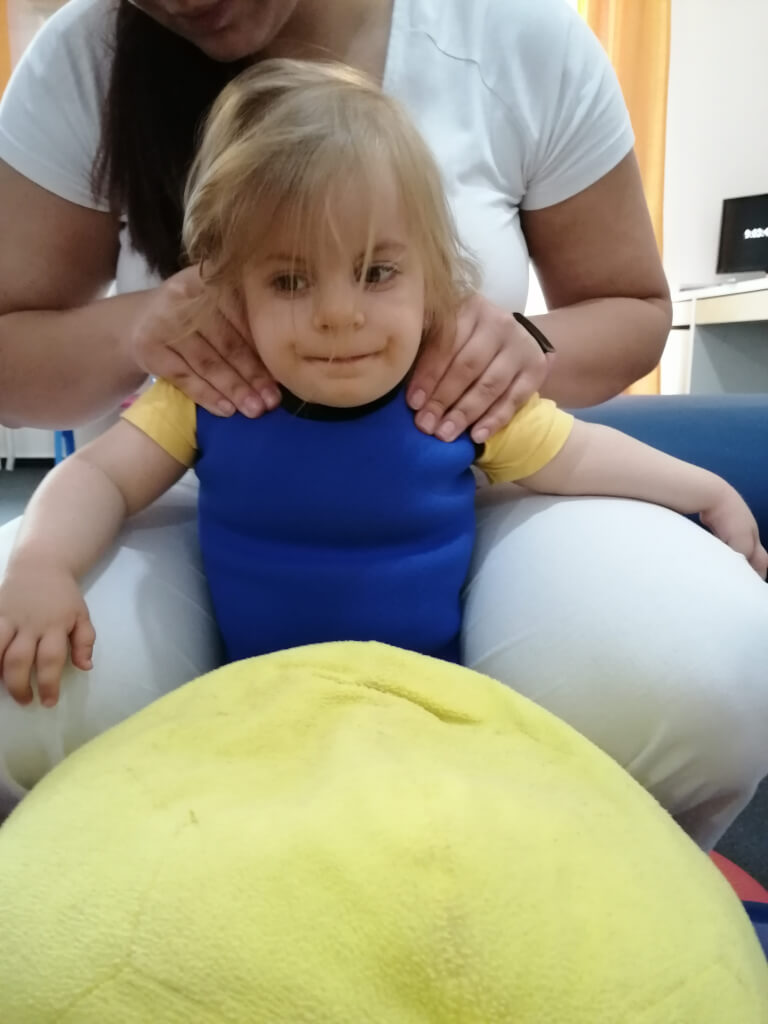The disease was first described by the German neurologist Friedrich Christoph Pelizaeus in 1885 (Pelizaeus, 1885) and later independently also by the German neuropathologist and psychiatrist Ludwig Merzbacher in 1910 (Merzbacher, 1910). The cause of this disease was discovered much later - in the 20th century. Diagnosis of the disease is mainly based on symptoms and molecular examination (PLP1 gene mutation). Furthermore, there are abnormal results of magnetic resonance imaging, auditory and visual evoked potentials. The disease has 2 forms, the first appears from 2 months of age, the second only later in childhood and adolescence.





